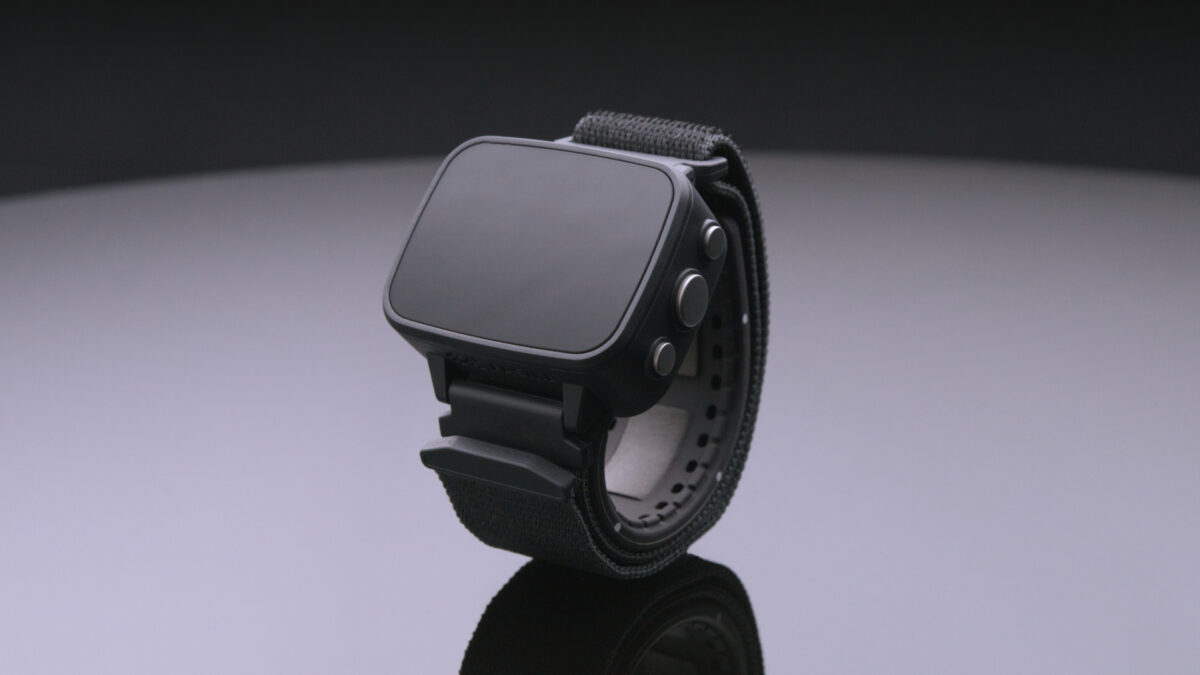It’s been a big week for cell and gene therapy approvals in the US, including a much-awaited approval for one to treat hemophilia A, the most common form of hemophilia. The US Food and Drug Administration (FDA) approved BioMarin’s Roctavian, an adeno-associated virus (AAV) vector-based gene therapy, for the treatment of adults with severe hemophilia A.
The approval came after a couple of setbacks, including a rejection in 2020 and a delay earlier this year.
Roctavian is only indicated to treat individuals with severe disease.
Roctavian, a $2.9 million gene therapy, is one of three cell and gene therapies approved by the FDA this week — the other two are Sarepta’s Elvidys for Duchenne muscular dystrophy (DMD) and CellTrans’ Lantidra for type 1 diabetes.
Roctavian’s approval also comes seven months after the FDA gave CSL Behring’s hemophilia B gene therapy Hemgenix a nod, which is the most expensive drug in the world right now with a list price of $3.5 million.
Hemophilia A affects approximately one in 10,000 individuals and has a higher incidence than hemophilia B.
Hemophilia A is a rare genetic bleeding disorder that is caused by a mutation in the gene that encodes the key blood clotting protein factor VIII (FVIII). FVIII deficiency causes affected individuals to have uncontrolled bleeding and bleed longer than people who do not have the condition. The disorder primarily affects males.
XTALKS WEBINAR: Enhancing AAV Full Capsid Enrichment with an Optimized AEX Platform: A Case Study
Live and On-Demand: Monday, July 17, 2023, at 1pm EDT (10am PDT)
Register for this free webinar to learn about the critical parameters that affect full capsid enrichment in AAV purification using anion exchange chromatography.
According to the FDA press release announcing Roctavian’s approval, severe hemophilia A is caused by very low levels of FVIII (less than one percent in the blood) and makes up about 60 percent of all cases. Severe hemophilia A may result in bleeding into vital body organs such as the kidneys and brain, which can be life-threatening if left untreated. Severe hemophilia A is usually treated with FVIII replacement therapy or an antibody-based drug to improve the ability of blood to clot and reduce the likelihood of bleeding.
It is estimated that about 6,500 adults in the US have a severe form of hemophilia A. To be eligible for the therapy, patients must test negative for AAV5-targeted antibodies. BioMarin expects around 2,500 patients in the US will be able to receive Roctavian.
Hemophilia A actually has a lot of treatment options, led by Roche’s bispecific factor IX and factor X monoclonal antibody Hemlibra (emicizumab), which has proven to be a financial blockbuster for the company. Hence Roctavian’s initial sales ramp will be slow, SVB Securities analysts said.
“However, we believe that BioMarin’s perseverance, time spent connecting with the medical community over a longer than anticipated time to market and extended long-term data could ultimately help the launch,” the SVB team wrote in a note. The team also polled 18 US-based specialists that treat hemophilia A, finding that most were “impressed” with Roctavian’s efficacy and safety data. While they noted that patients who are already on Hemlibra are less likely to switch, the doctors suggested that over time, Roctavian could take around a quarter of all eligible severe hemophilia A patients at peak.
In the best-case scenario, Roctavian would be a one-time therapy, which BioMarin and other gene developers say would be more cost-effective than Factor VIII replacement treatments or other medicines. Hemlibra has an annual list price of around $500,000 and can be given once every four weeks, which has made it an attractive choice over other treatments that have to be administered more frequently.
SVB has forecasted around $2.2 billion in peak annual sales of Roctavian.
Related: Hemgenix Approved as First Gene Therapy for Hemophilia B
Roctavian’s approval was based on data from the multinational Phase III GENEr8-1 trial that showed that 112 patients (all adult males, 18 to 70 years of age) who received the gene therapy had an average 52 percent reduction in bleeding cases every year (5.4 bleeds per year at baseline to 2.6 bleeds per year) through a median three years of follow-up. The company said most patients were still responding beyond three years without the need for regular prophylaxis.
BioMarin said the majority of patients who received Roctavian received corticosteroids to suppress the immune system for the gene therapy to be effective and safe. It also said the response to Roctavian may decrease over time.
Interestingly, the improvement in yearly bleeding episodes is lower than the 85.5 percent Roctavian has for its European Union (EU) approval.
The FDA had first asked for two years of clinical data but in light of safety and long-term effectiveness concerns around gene therapies, it then asked for three years of data late last year. This led to a delay in its review.
Given its multi-million-dollar price point, BioMarin said it is setting up an outcomes-based warranty program. The warranty will reimburse government and commercial payers up to the full cost if Roctavian doesn’t meet treatment expectations. Partial reimbursement will be granted if an individual loses response to the therapy in the first four years after administration.
The European Commission approved Roctavian last August and BioMarin is looking to launch it in Germany first. The list price of Roctavian is $1.63 million in the EU.











Join or login to leave a comment
JOIN LOGIN